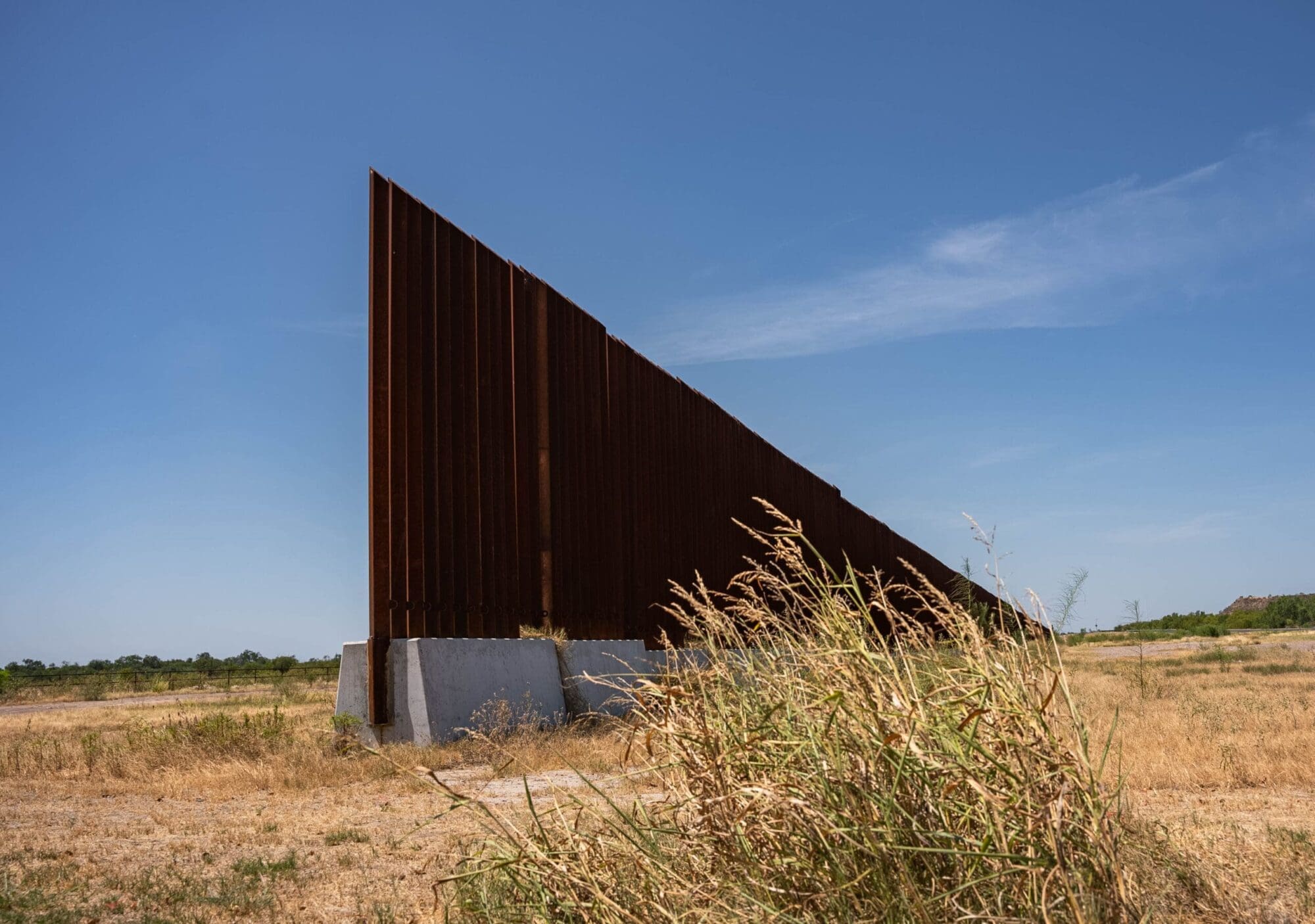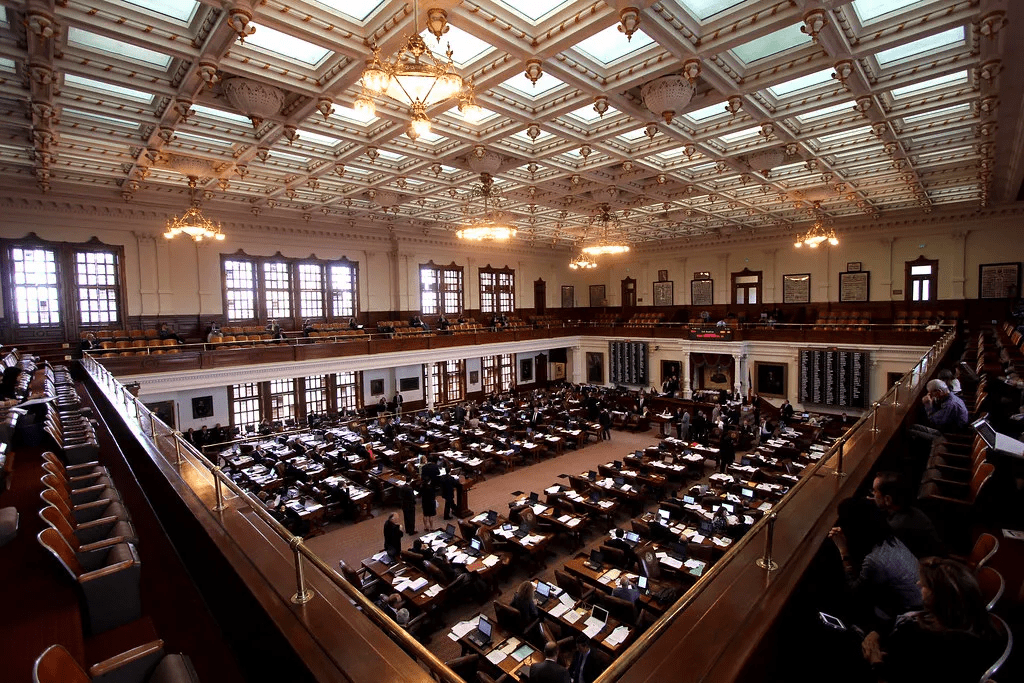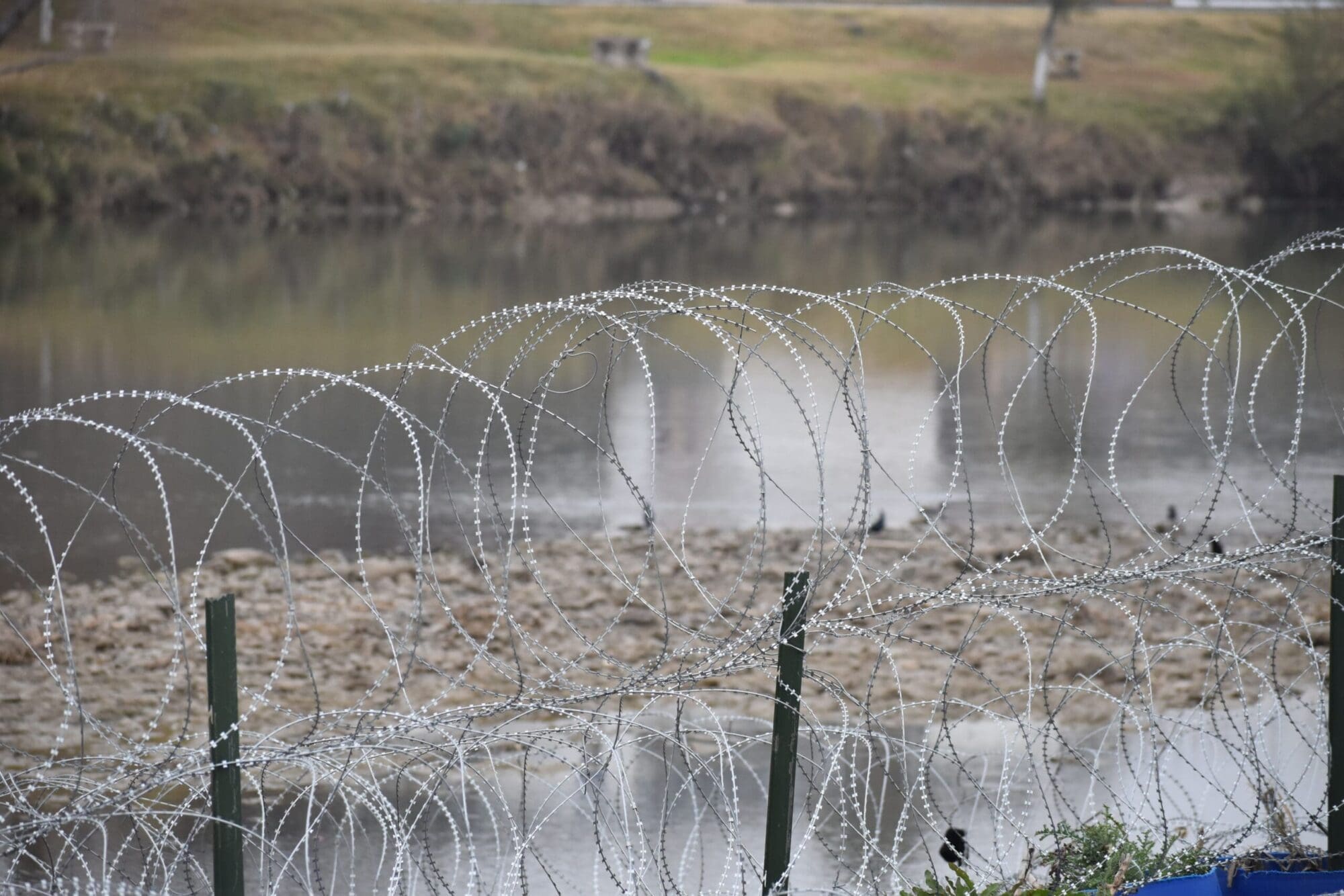As the border crisis wages on, the Biden-Harris administration has trumpeted the admittance of the most refugees into the U.S. in three decades.
The federal fiscal year will end on September 30, and so far in FY 2024, 68,291 refugees were resettled into the U.S.
Last month, the Biden-Harris administration released a fact sheet to celebrate the “rebuilt U.S. refugee admissions program” (USRAP) in which the following were highlighted:
- Plans to welcome more than 100,000 refugees to their new U.S. communities in Fiscal Year 2024, the most in three decades
- It upgraded its main technology system to ensure “it scales for unprecedented goals in resettling refugees”. This increased functionality in global case management systems (electronic review of information, digitization of registration forms, expansion of video-teleconference interviews, etc.), has led to faster processing times. Other measures included concurrent processing, adding circuit rides, hiring new staff, opening additional U.S. Citizenship and Immigration Services international field offices in the Middle East, and contracting an additional resettlement agency to assist refugees upon arrival.
- It launched a new automated process that streamlines the process for refugees (and other eligible populations) to obtain Employment Authorization Documents (EADs) and Social Security cards.
- It integrated refugee vetting into the National Vetting Center to simplify “the ways that DHS uses intelligence and law enforcement information to inform decisions, while maintaining strong privacy, civil rights, and civil liberties protections.”
- It launched the “Welcome Corps” program, “the boldest innovation in refugee resettlement in more than 40 years”. The program allows private individuals in the United States (including newly resettled refugees and other newcomers) to select their own refugees and future American citizens. By doing so, the Biden administration eliminated the geographic boundaries to resettlement.
- The “Welcome Corps” was further expanded to include the “Welcome Corps on Campus”, bringing “refugees” straight to U.S. campuses; and the “Welcome Corps at Work,” bringing them straight to U.S. jobs.
- It created the Safe Mobility initiative in partnership with the UN refugee agency (the UN High Commissioner for Refugees, UNHCR) and the International Organization for Migration to expand “lawful pathways” to the United States for refugees and vulnerable migrants in South and Central America. Safe Mobility offices in Colombia, Costa Rica, Ecuador, and Guatemala were opened to facilitate refugees’ and migrants’ access to the United States, including resettlement, family reunification, humanitarian parole, and labor opportunities.
- It is opening avenues for resettlement for human rights activists and “LGBTQI+” refugees, strengthening the U.S. embassies’ ability to refer refugees, and expanding NGO referrals for refugees.
- It expanded access to USRAP for Afghans. In August 2021, the administration announced a special refugee designation (Priority 2 (P-2)) for certain Afghans and their family members.
The Center for Immigration Studies provided more details on how the Biden administration “methodically rebuilt and modernized” the USRAP.
According to the Center for Immigration Studies, the Biden-Harris administration expanded the Domestic Resettlement Network.
Religious or community-based organizations, called resettlement agencies (formerly known as ‘volags’) have contracts with the Department of State to resettle refugees inside the United States. The Biden administration added a tenth resettlement agency (Bethany Christian Services) to the existing nine.
These resettlement agencies maintain nationwide networks of local affiliates to assist with the reception and placement of refugees (and other eligible newcomers) and provide them with services and assistance. More than 150 local resettlement offices were opened or reopened, bringing the total local affiliates to more than 350.
More than 300 Refugee Officers were hired as over 80,000 refugee applicants overseas were interviewed by refugee officers in the first half of 2024.
The Department of State, Department of Homeland Security, and the U.S. Digital Service redesigned overseas processing by switching to concurrent steps instead of sequential steps. The process became digitized and automatic, streamlining the process for Employment Authorization Documents and Social Security cards for refugees.
Below are the monthly refugee admissions, top nationalities, and resettlement states witnessed thus far in FY 2024 (October 1, 2023-June 30,2024). July 2024’s data has not been released yet.
The data is from the Refugee Processing Center portal:
Resettled Refugee Monthly Admissions
October 2023: 7,361
November 2023: 7,468
December 2023: 6,964
January 2024: 9,198
February 2024: 10,252
March 2024: 7,431
April 2024: 6,387
May 2024: 7,477
June 2024: 5,754
Resettled Refugees Top Nationalities
Dem. Rep. Congo: 15,227
Afghanistan: 9,975
Syria: 8,653
Venezuela: 5,616
Burma: 5,035
Guatemala: 3,253
Somalia: 3,187
Nicaragua: 1,921
Eritrea: 1,614
Sudan: 1,546
Iraq: 1,302
Ukraine: 1,264
Top Resettlement States with more than 2,000 Resettled Refugees
Texas: 6,117
California: 4,692
New York: 4,347
Pennsylvania: 3,072
Florida: 2,941
Washington: 2,788
North Carolina: 2,575
Illinois: 2,548
Ohio: 2,524
Michigan: 2,428
Georgia: 2,363
Minnesota: 2,222
Kentucky: 2,006





